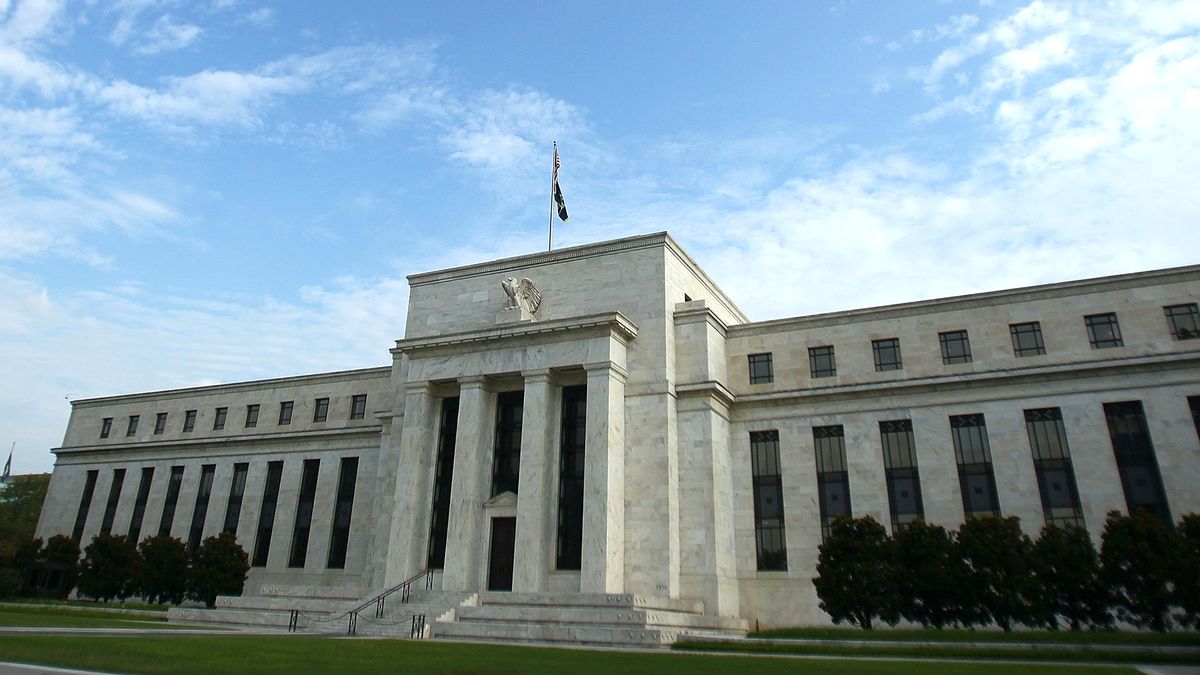endo, the consumption that remains, a job market that remains tense: “We are almost certain that the FOMC will raise rates by 75 basis points in November,” Jonathan Millar, Chun Yao and Colin Johanson, economists, anticipated in a note from Barclays.
It would be the fourth consecutive hike of this magnitude in interest rates, and would take Fed rates, currently between 3.00 and 3.25%, to 3.75-4.00%.
A vast majority of market players are betting on a rate hike of that magnitude, and the rest expect a half percentage point increase, according to CME Group.
The decision will be announced Wednesday in a statement. Then, as is traditional, Fed Chairman Jerome Powell will give his press conference.
Since March, the Federal Reserve has raised its rates five times, first by a quarter of a percentage point, then by a half point, and finally three times by 0.75 points.
Trajectory
And then? Will rates continue to rise in December, at the risk of affecting consumption too much? “The big question is whether the FOMC statement or the press conference will give signals about the likely trajectory and (monetary) policy in December,” the Barclays economists noted.
According to them, “the discussion (…) will probably turn to the risk of excessive adjustment”.
Although after two quarters of contraction, the United States returned to growth in the third quarter, with GDP rising by 2.6% in an annual projection (the estimate for 12 months if conditions were maintained at the time of measurement), the recession is a ghost that hovers over 2023.
Jerome Powell.jpg
“Slower (economic) dynamics in the fourth quarter would support a moderation in the pace of rate hikes starting in December,” said Rubeela Farooqi, chief economist at HFE. But “the results of inflation will take precedence over any weakening of the economy.”
In other words, containing price increases is a priority, at the risk of affecting the economy.
The PCI consumer price index marked 8.2% in the 12 months to September, while the PCE index – most used for retirement and the Federal Reserve’s favorite – scored 6.2%, according to data released on Friday. The Fed’s target is 2% a year.
Meanwhile, the unemployment rate remains at a 50-year low, at 3.5%, the same level as in February 2020, before the pandemic.
Consumption
The increase in guideline rates by central banks leads commercial banks to in turn increase the cost of the money they lend, and this discourages consumption and investment. In the United States, consumption represents two-thirds of GDP, and it has been holding up. But credit cards will surely see less use in the coming months.
The savings accumulated by some households during the pandemic are reduced, placements on the stock market yield less, and real estate depreciates; that will lead many households to think twice before spending.
Rates for mortgage loans exceeded 7% interest on 30-year fixed-rate loans, the most common to buy homes in the United States, for the first time in more than two decades.
Source: Ambito
David William is a talented author who has made a name for himself in the world of writing. He is a professional author who writes on a wide range of topics, from general interest to opinion news. David is currently working as a writer at 24 hours worlds where he brings his unique perspective and in-depth research to his articles, making them both informative and engaging.




